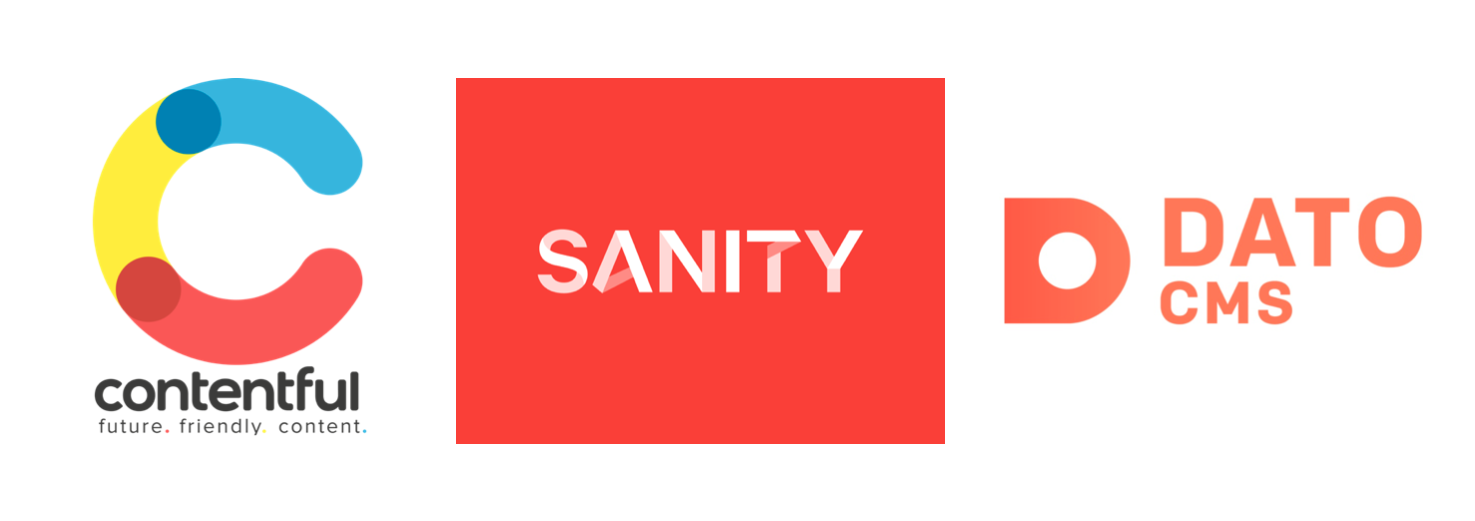A headless CMS is the most efficient solution for content that is used on multiple channels. You can edit the content for all channels, from website to smartwatch, at the same time from just 1 place.
What is headless CMS?
A headless CMS is a content management system that is disconnected from the front-end. The copy that you are reading right now is content sent by an API to the front-end. In this case, our website.
With a headless CMS content is treated as data. The data is transferred to your channel with an API connector. So you’re not stuck with one specific front-end. This provides lots of flexibility and freedom in the design. You can easily use the same content on different channels: from website to smartwatch. How handy!

Traditional CMS vs a headless CMS
A traditional CMS, like WordPress, is responsible for both the admin environment of your web content, as well as generating web pages based on this content. You’ve got an all-in-one package, from front to backend. A headless CMS is the opposite: the front-end and back-end are decoupled.
Nowadays, you make your connections with your customers via more than one platform. It can then cost a lot of effort to recreate your content in all these different systems. A headless CMS can save you days of work here.
A headless CMS is solely responsible for the content editing environment and makes the content itself available as data via APIs. As a result, you are no longer tied to a certain design or channel. This gives developers freedom in choosing a programming language and framework, and gives you complete freedom in how you use your content.

Discover if headless is a fit for your digital product
Send us your question or plan a meeting directly with Jasper, our CTO
The advantages of Headless CMS
Flexibility in design
You are no longer tied to certain building blocks and can therefore design new pages much more freely.Freedom of choice in programming language
Developers can work with their preferable programming languages and frameworks via a headless CMS. As a content owner, you’ll have more freedom in choosing your development agency.Saves time and costs
Because your content is treated as data, you can easily use it on other channels via the API. Also on future channels that you don’t have yet. This saves you a lot of time and costs.Safety
A headless CMS is separated from the rest of your applications. That makes it less vulnerable for cyber attacks.
Examples of headless CMS use
We have used different types of headless CMS for numerous projects, including our own website. Other projects entail:

Quantum Inspire
An interface to learn, play and work with quantum computers

Geldmaat
Optimising reusability for new online presence
Which Headless CMS suits you best?
Now that you’ve read about all the advantages of headless CMS, you are a fan ofcourse. But how do you choose which headless CMS to use? That depends on several factors, among which are your goals, the size of your company and your budget. To make it a bit easier for you, we made an overview of our favourites here.

Dato - Most picked by our clients. A reliable CMS suited for both big and small companies. Dato works very well with multilingual channels. We use Dato for our own CMS and have developed over 80 web apps with the system. We have also created a few handy plugins for Dato, like for SEO and for translating fields.
Contentful - Suitable for companies looking for enterprise functions. This headless CMS offers an outstanding support system.
Sanity - Want to take it to the next level? Then Sanity is your friend. Sanity offers complete control over the user interface of the CMS via their open-source application ‘Sanity Studio’. It requires some more technical maintenance, but leads to ultimate creative freedom.
Also read: Headless CMSs go head to head: Strapi vs Dato CMS
Luckily, our developers can work with many systems, and are ready to think with you about the best fit for you.

Looking for a CMS that fits your needs?
We are here to help. Send us your question or plan a meeting directly with Jasper, our CTO